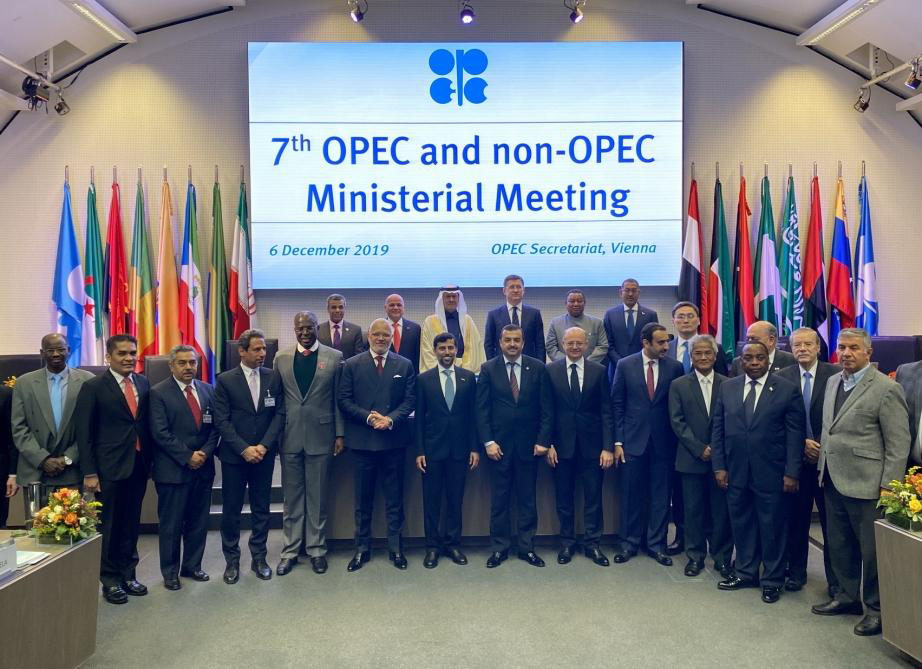Long before Guyana becomes numbered among the ranks of the world’s major oil suppliers, informed opinion on the industry would already appear to be anticipating that its oil exports could impact significantly on global supplies and by extension, prices.
A Friday, January 17, report emanating from the authoritative Oil Industry News suggests that the powerful oil cartel, the Organization of Petroleum Exporting Countries (OPEC) may be concerned that ‘surging’ oil supplies from sources that include Guyana may pose a threat to the group’s current determined efforts to defend global oil prices.
In suggesting a weaker outlook for global oil markets this year, OPEC’s recent forecast reportedly identifies oil supplies from Guyana and Norway, which, by virtue of their significant volumes, could be seen as threats to the cartel’s efforts to keep prices stable.
Created in 1960 by some of the world’s major oil-producing nations mainly to advance a coordinated petroleum pricing policy, OPEC comprises 14 countries including Middle East oil-producing powerhouse Saudi Arabia and Guyana’s western neighbour, Venezuela, believed to possess the largest volumes of oil reserves anywhere.
According to the Oil Industry News report, OPEC member countries which, cumulatively, account for around half of total global oil supplies, are pushing ahead with a new round of production cuts as increasing rival supplies from countries outside the cartel threaten to create one of the now familiar gluts in overall supplies that threaten prices.
According to the Oil Industry News report, the latest OPEC monthly report suggests that the challenge to prices, going forward, was likely to repose, chiefly in the Guyana and Norway factors, as supplies from those countries are reportedly likely to boost overall forecasts for oil supplies from non-member countries in 2020 by 180,000 barrels per day to 2.35 million barrels per day.
In December last year ExxonMobil’s oil recovery operations offshore yielded ‘first oil’ and earlier this month the company moved the first million barrels of crude recovered here to one of its refineries.
Seeming concern in the global oil industry that future supplies from Guyana could play an important role in determining prices is based on various post-2015 estimates of the country’s oil reserves. ExxonMobil’s estimates put Guyana’s oil reserves in the Stabroek Block alone at more than 6 billion barrels, based on its finds up until now. As far back as 2002 a United States-completed geological survey had cited the Guyana/Suriname basin as having one of highest resource potentials among unexplored oil basins across the world, with recoverable oil and gas estimated at more than 13.6 billion barrels of oil and 32 trillion cubic feet of gas.





